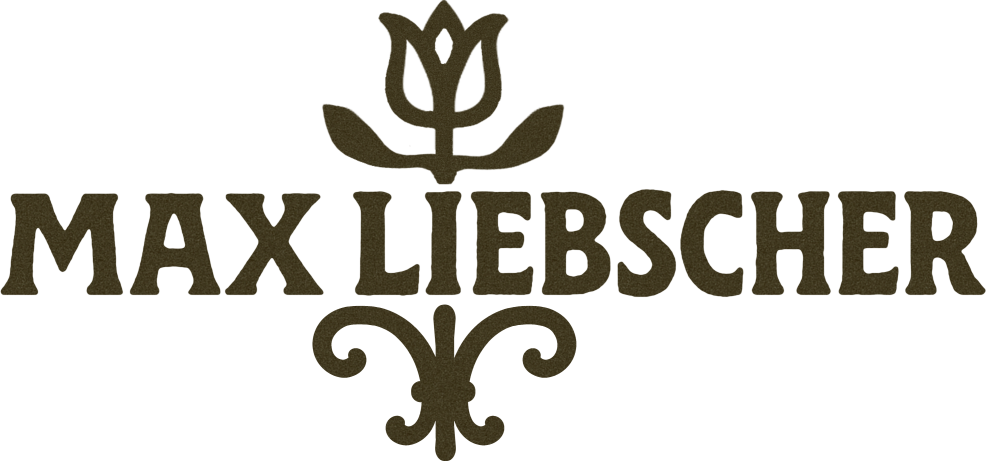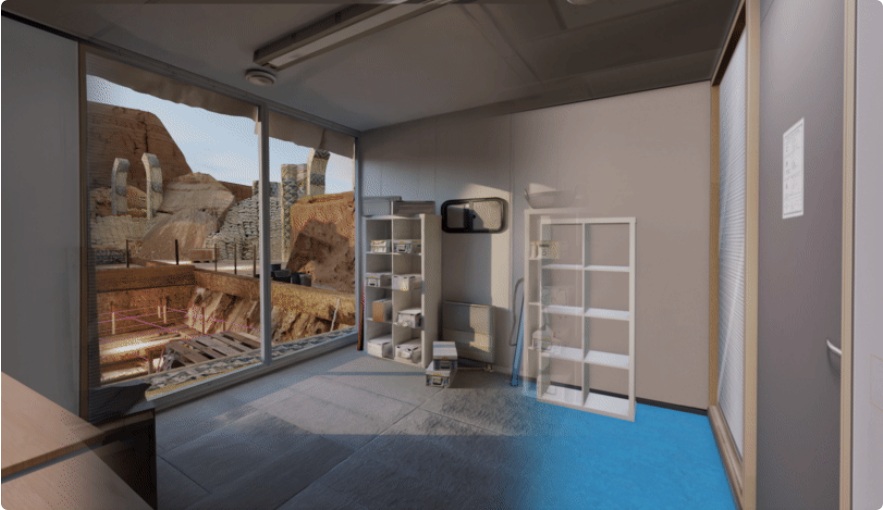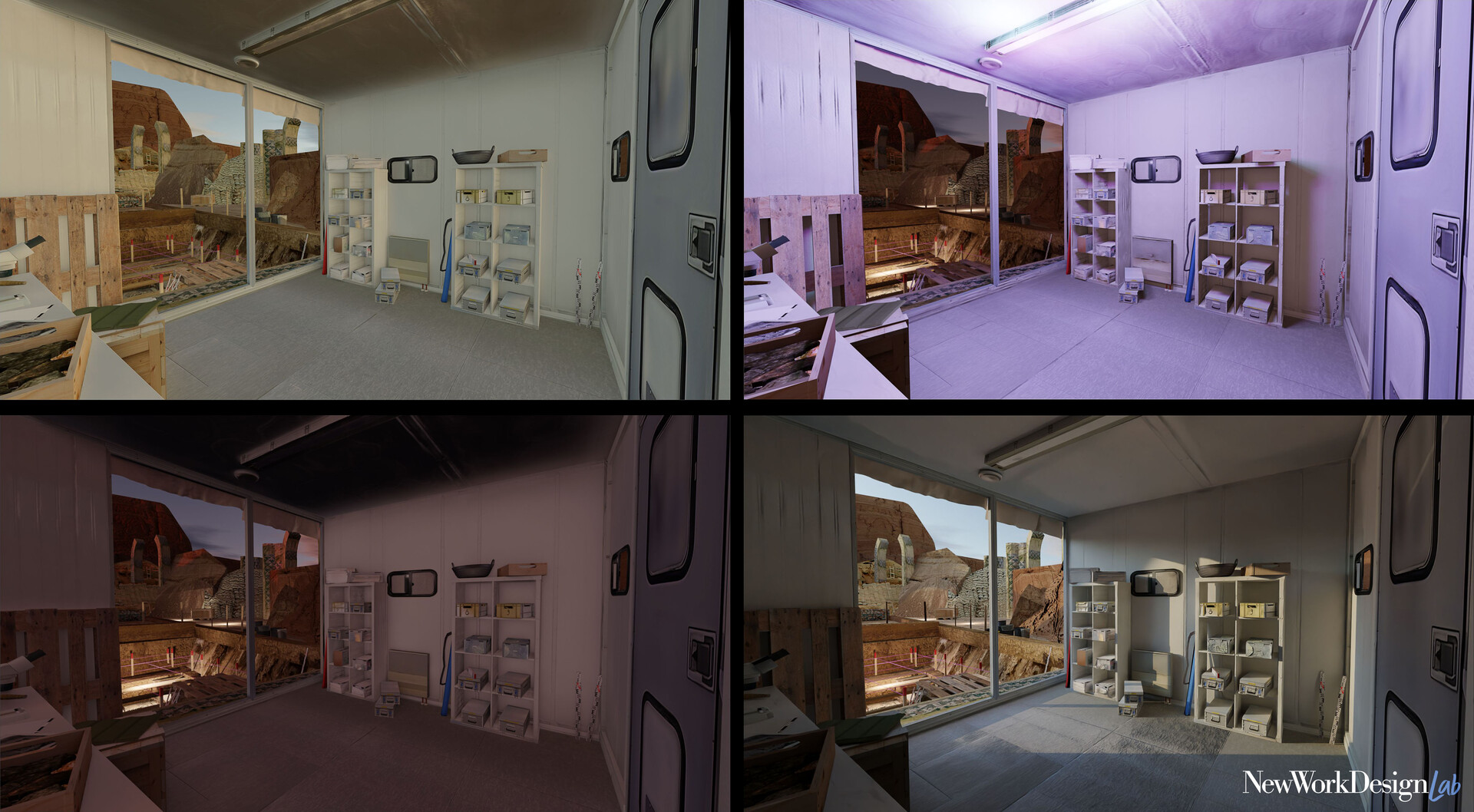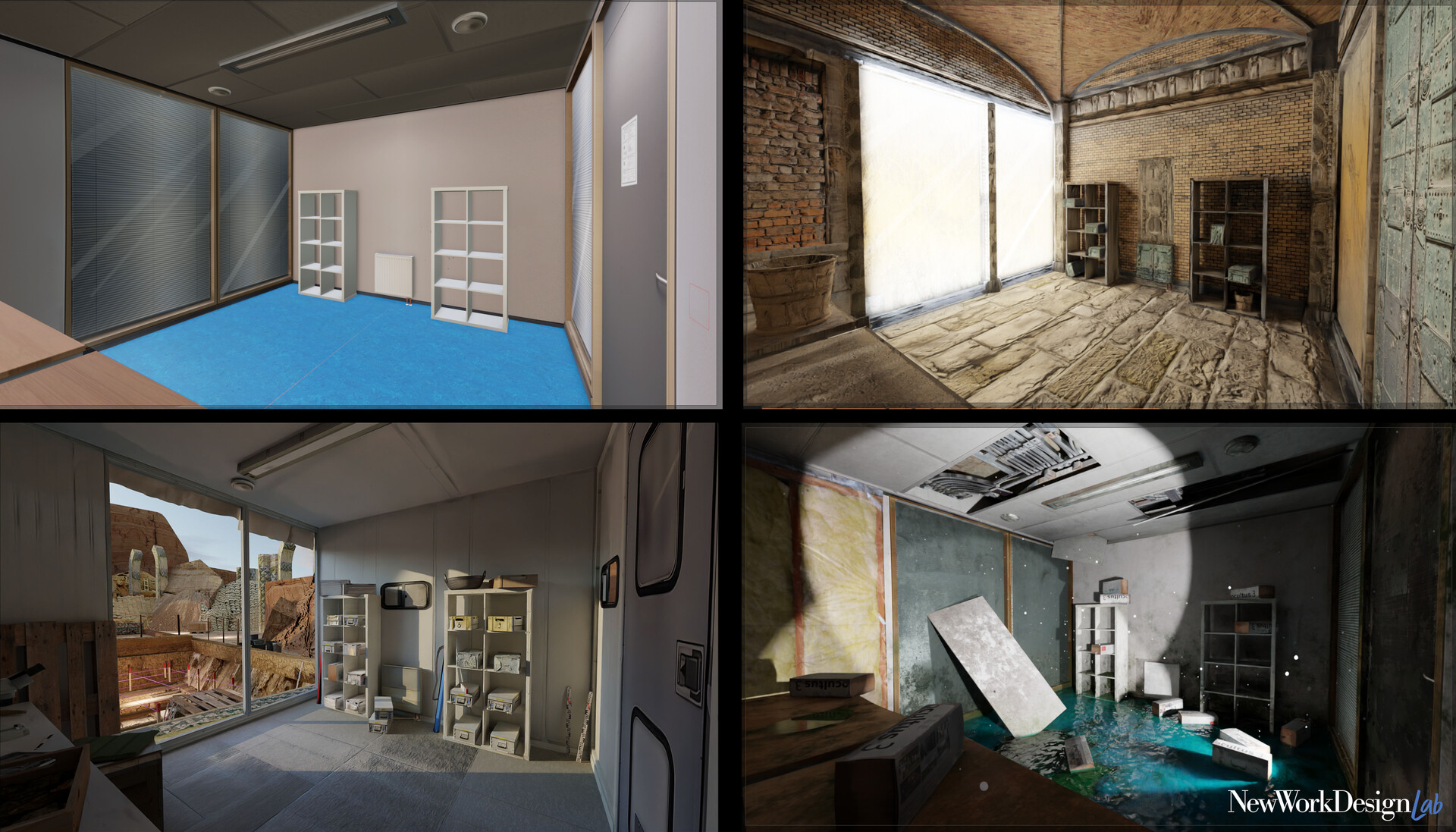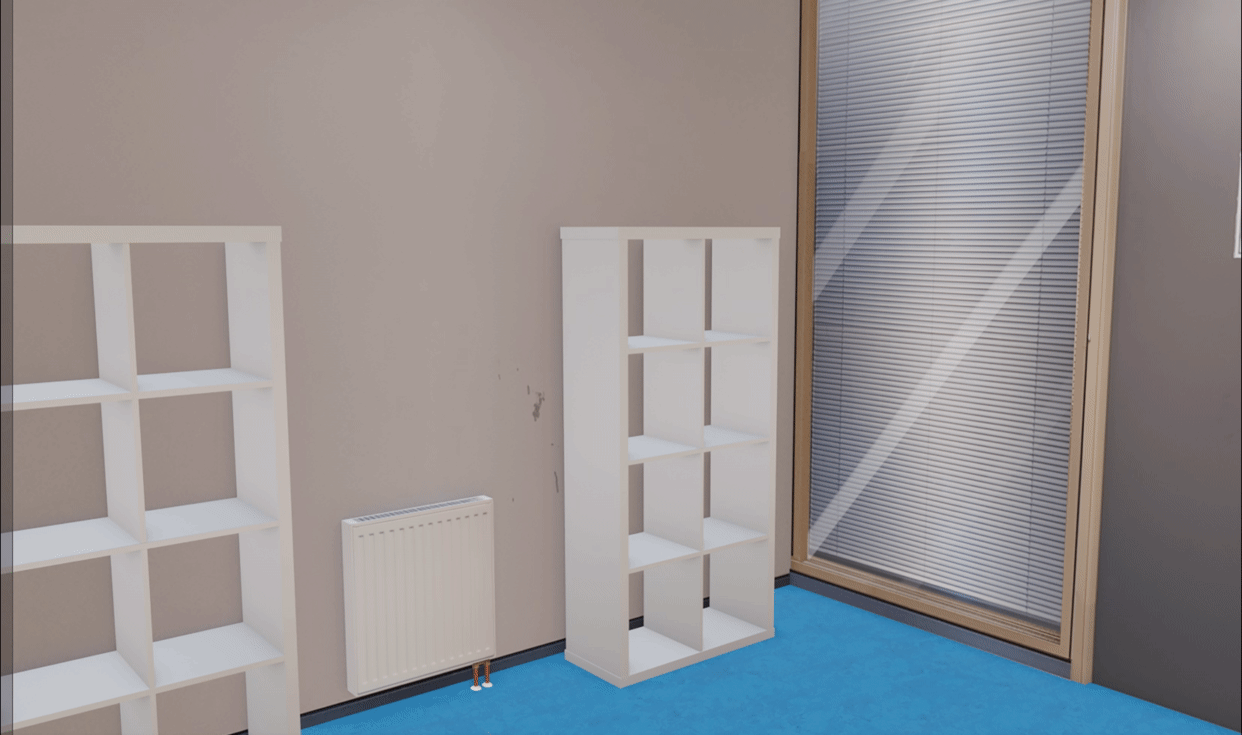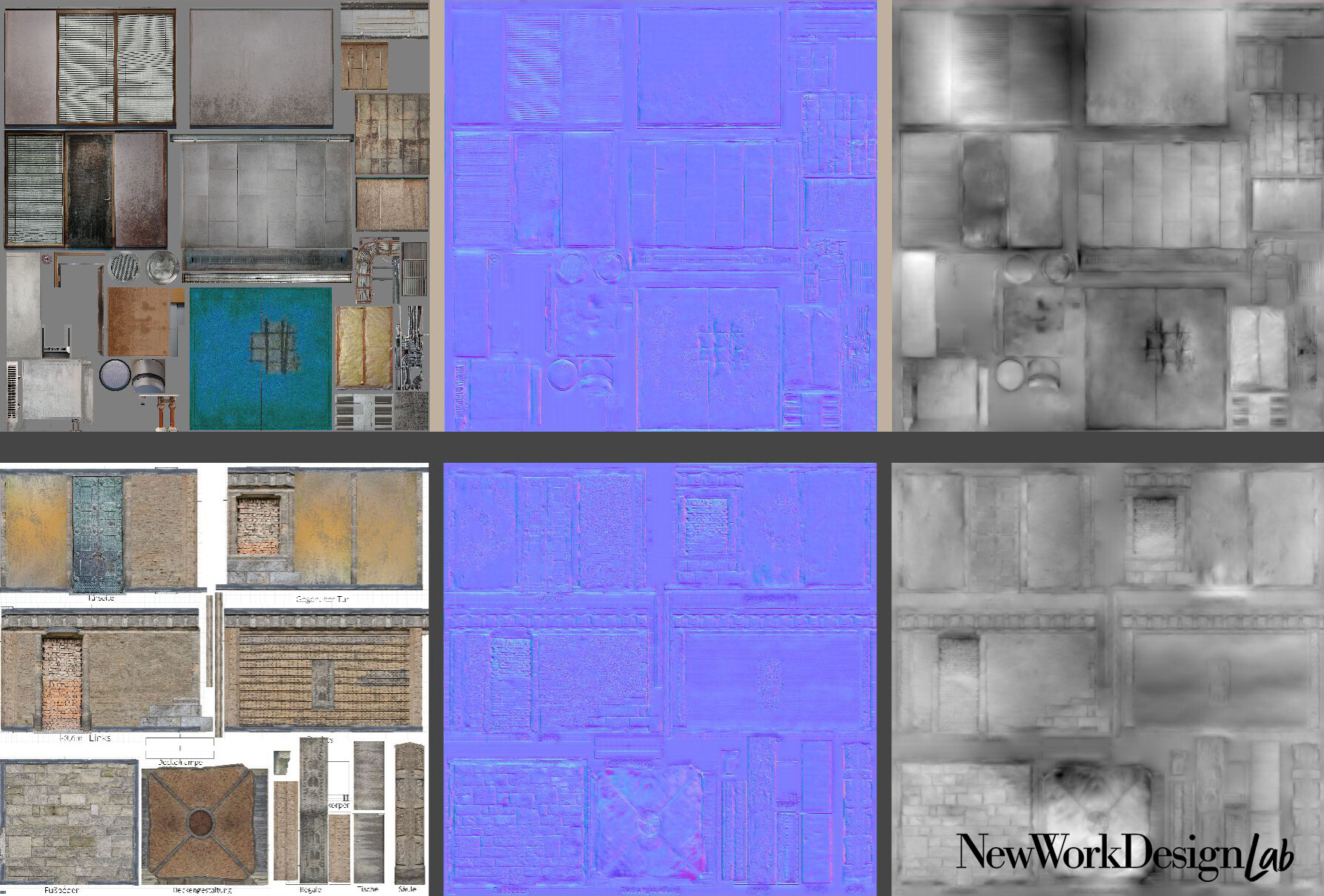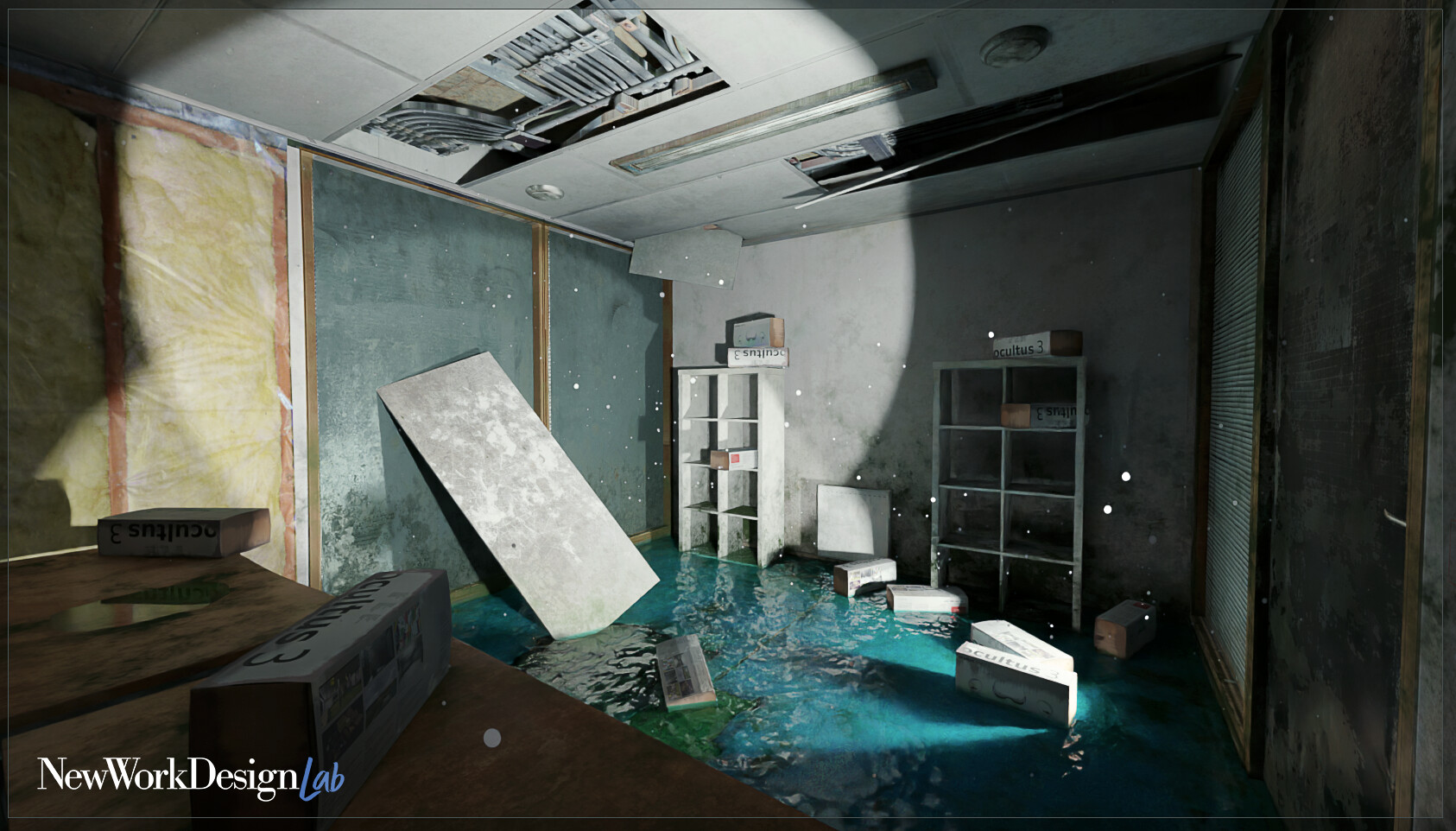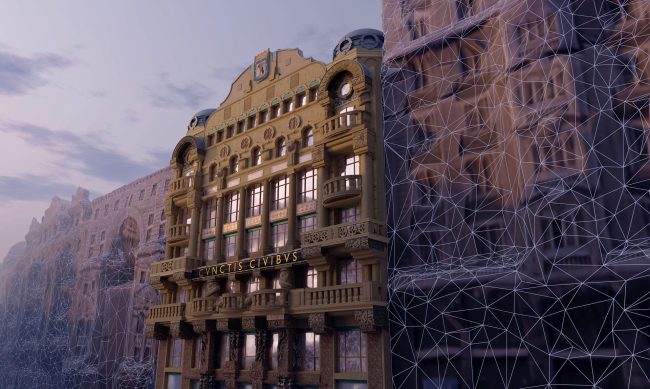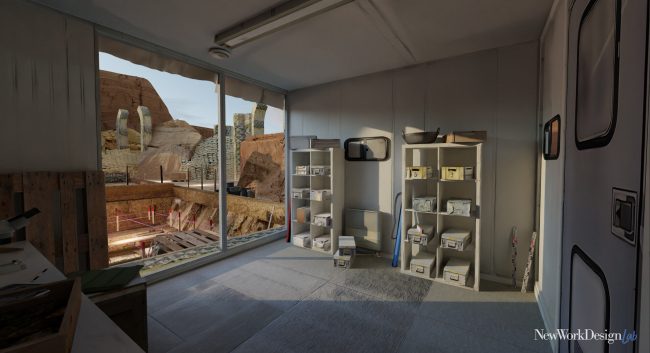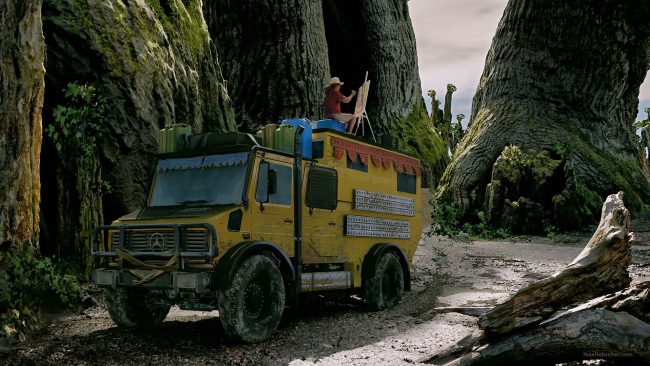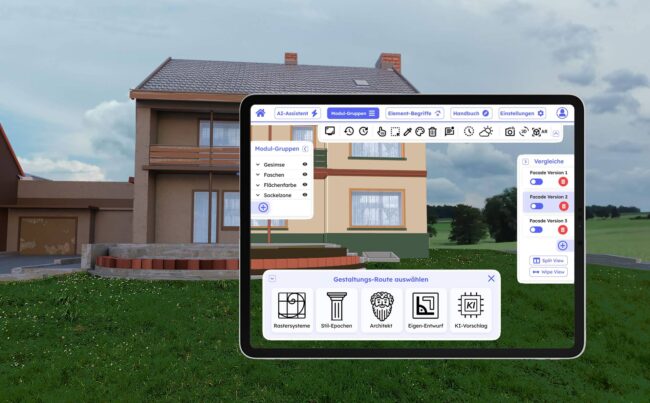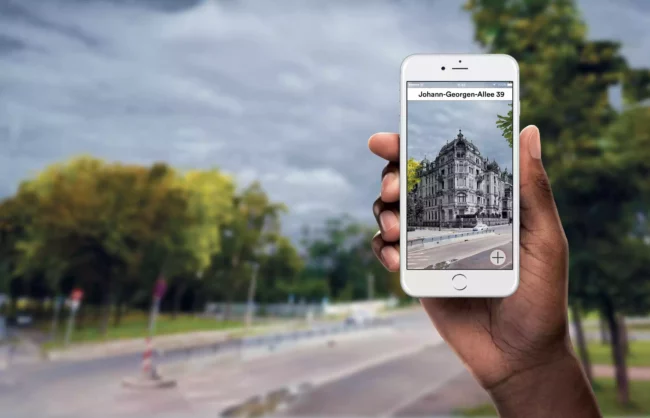Expanding Realities with Digital Twin Templates for VR
– A Framework for Hands-On VR Learning
Year: 2022
Project Overview
This project, initially crafted in 2022 for the NewWorkDesignLab™ at the University of Applied Sciences Dresden, engages students in developing VR environments by offering a hands-on approach to learning CG software and VR tools.
A digital twin of an existing lab room was created, serving as the foundation for immersive experiences and rapid student onboarding.
Key Features
- Digital Twin Geometry: Replication of the VR-Lab room using a single texture atlas. Every object in the VR environment corresponds physically, enabling tactile interaction without the need for pass-through vision.
- Texture Atlas Template: Simplifies asset manipulation by allowing students to alter the virtual environment through 2D editing.
- Dynamic Scenarios: The room can be transformed into diverse settings, offering practical examples like decayed ruins, crypt interiors, or desert excavations.
Learning Applications
- Immersive Experimentation: By editing the texture atlas, students quickly grasp the impact of materials and shaders in VR environments.
- Creative World-Building: The room template empowers students to extend spaces, concept interiors, and explore artistic reimaginings of familiar settings.
- Immediate Feedback: Immersion within a familiar space provides a clear and intuitive entry point for understanding CG design principles.
Interactive Scenarios
- Decayed State: Simulating environmental decay for storytelling or historical reconstructions.
- Epoch Transformations: Exploring ancient undercrofts, crypts, or futuristic labs.
- Environmental Extensions: Expanding the room into excavations or fantasy landscapes.
- Conceptual Interiors: Sketching and planning interior designs with precise reference scaling.
Experience the Transformation
Steps to Create Immersive Digital Twin Templates
From Photographic Data to VR-Ready Textures
This section outlines the step-by-step process of creating a texture atlas for digital twins. High-resolution photos provide the basis for texturing templates, allowing for real-world details to be transformed into VR environments. Additionally, the atlas offers opportunities for creative exploration, such as painting directly on the textures or photobashing, enabling rapid iteration and artistic experimentation.
Photographic Textures for Realistic Digital Twins
High-resolution images form the foundation for crafting immersive texture atlases.
Steps depicting the process of gathering photos and texturing over the template.
Base Sketch of the Digital Twin
Initial rendering of the VR Lab room as a foundational layout.
Left: View of template texture atlas | Right: Sketching over the template room.
Dynamic Lighting Scenarios
Illustrating how different light settings alter the mood of the environment.
Different lighting scenarios result in captivating moods.
Texture Maps for Enhanced Realism
Various maps (Albedo, Normal, Displacement) used for realistic material representation
Albedo, Normal, Displace Maps of different scenarios.
Decayed VR Environment in Immersive Detail
Custom environment showcasing the VR lab room in a decayed state while preserving its original geometry.
The decayed state highlights the versatility of the texture atlas, enabling the VR lab room to transform into immersive narratives with environmental storytelling.
Workshops and Services
I offer tailored solutions to enhance learning and creativity through immersive digital environments. Key services for this portfolio project include:
- Digital Twin Framework Development: Designing adaptable templates for creating immersive VR experiences rooted in real-world spaces.
- Texture Atlas Customization: Enabling rapid iteration and artistic exploration through customizable texture atlases for dynamic environments.
- Interactive Environment Advisory: Supporting teams in implementing innovative VR tools for education, research, and creative projects.
Liked what you see? Let’s bring your vision to life!
…and thats it for this page.
